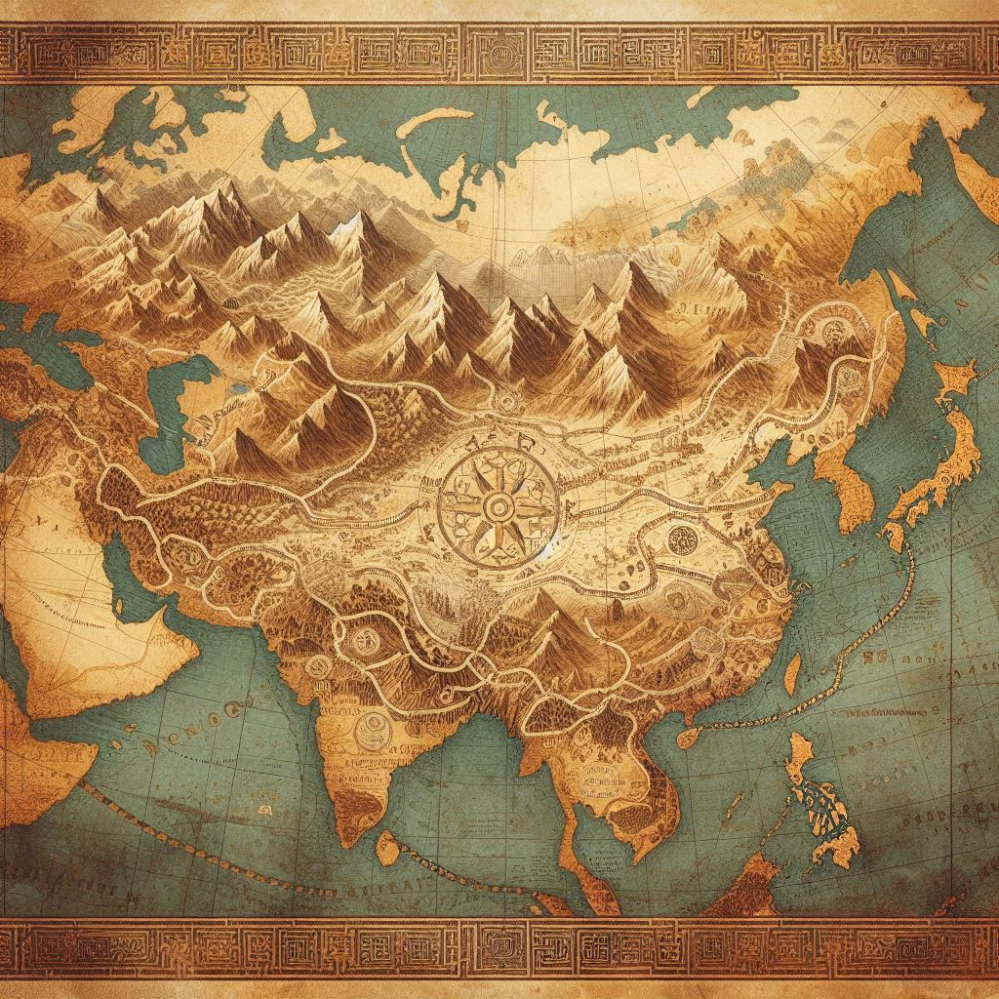
Silk Road Traders: A Game of Ancient Chinese Commerce
Locations
In Silk Road Traders, players will travel to various historical locations along ancient Chinese trade routes. Each location offers unique opportunities to trade goods, explore for resources, and face different challenges. These locations add depth and variety to the game, providing players with strategic options and immersive experiences.
Key Locations
Chang’an (Xi’an)
Description: The starting point of the Silk Road and the capital of the Tang Dynasty, Chang’an is a bustling metropolis known for its vibrant markets and cultural diversity.
Opportunities
- High demand for exotic goods like spices and silk.
- Various trade missions originate from here.
Special Events: Imperial Inspection – Gain extra rewards if your caravan is well-stocked and presentable when an imperial envoy visits.
Luoyang
Description: A major cultural and economic centre, Luoyang is renowned for its beautiful gardens and historical significance.
Opportunities
- High prices for silk and ceramics.
- Chance to find rare goods in the markets.
Special Event: Cultural Festival – Increased demand for luxury goods and art.
Dunhuang
Description: Located at the edge of the Gobi Desert, Dunhuang is a key oasis town famous for its cave art and as a stopping point for travellers.
Opportunities
- High demand for water and food supplies.
- Trade in rare manuscripts and religious artifacts.
Special Event: Desert Storm – Travel is more difficult, requiring additional resources to pass through.
Kashgar
Description: An important trading hub at the crossroads of Central Asia, Kashgar is known for its vibrant bazaars and diverse cultural influences.
Opportunities
- High prices for tea and horses.
- Access to goods from Central Asia and beyond.
Special Event: Caravanserai Festival – Special discounts on goods and services for all players.
Lhasa
Description: The spiritual and administrative centre of Tibet, Lhasa is known for its monasteries and unique culture.
Opportunities
- High demand for tea and religious artifacts.
- Chance to hire skilled guides for difficult mountain routes.
Special Event: Pilgrimage Season – Increased demand for food and supplies due to influx of pilgrims.
Chengdu
Description: A major city in the fertile Sichuan Basin, Chengdu is famous for its tea plantations and silk production.
Opportunities:
- High prices for tea and spices.
- Trade missions involving agricultural goods.
Special Event: Tea Harvest Festival – Extra profits from selling tea during the festival.
Turpan
Description: An oasis city in the Turpan Depression, known for its grapes, melons, and strategic location along the Silk Road.
Opportunities:
- High demand for silk and ceramics.
- Trade in unique agricultural products.
Special Event: Harvest Season – Increased availability of food supplies at lower prices.
Samarkand
Description: A legendary city at the heart of Central Asia, Samarkand is renowned for its rich history, stunning architecture, and bustling markets.
Opportunities:
- High prices for luxury goods and spices.
- Access to goods from Persia and India.
Special Event: Market Boom- Temporarily increased demand for all goods.
Xi’an
Description: A major city and key trading post, Xi’an is a cultural and economic hub with a strong demand for various goods.
Opportunities:
- High demand for silk, ceramics, and spices.
- Trade missions focused on supplying the imperial court.
Special Event: Emperor’s Birthday – Increased demand for luxury goods and gifts.
Guangzhou
Description: A major port city in southern China, Guangzhou is a gateway for maritime trade with Southeast Asia and beyond.
Opportunities:
- High prices for exotic goods like spices and pearls.
- Access to maritime trade routes.
Special Event: Monsoon Season – Increased difficulty for maritime travel, affecting availability and prices of certain goods.
Location Cards
Each location can have a card detailing its unique characteristics, opportunities, and special events. Players can refer to these cards when planning their routes and trade strategies.
Example Location Cards
Chang’an (Xi’an)
Description: The starting point of the Silk Road and the capital of the Tang Dynasty, Chang’an is a bustling metropolis known for its vibrant markets and cultural diversity.
Opportunities
- High demand for exotic goods like spices and silk.
- Various trade missions originate from here.
Special Event: Imperial Inspection – Gain extra rewards if your caravan is well-stocked and presentable when an imperial envoy visits.
Kashgar
Description: An important trading hub at the crossroads of Central Asia, Kashgar is known for its vibrant bazaars and diverse cultural influences.
Opportunities
- High prices for tea and horses.
- Access to goods from Central Asia and beyond.
Special Events: Caravanserai Festival – Special discounts on goods and services for all players.
Integrating Locations into Gameplay
Traveling to Locations: Players roll dice to move their caravan tokens along trade routes, choosing which locations to stop at based on their strategic goals.
Trading Goods: Each location will have specific demands and offers different prices for goods. Players buy low and sell high to maximize their profits.
Exploring and Events: Players can explore each location for possible opportunities and face special events that can either aid or hinder their progress.
By incorporating these diverse locations, Silk Road Traders will provide a rich and varied gameplay experience, encouraging strategic planning, resource management, and immersive game play as players navigate the ancient trade routes of China and the Silk Road.









































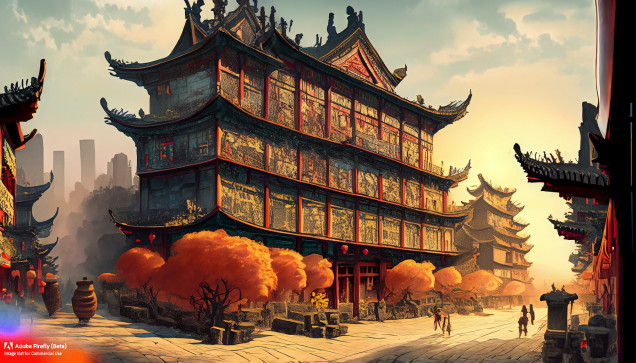
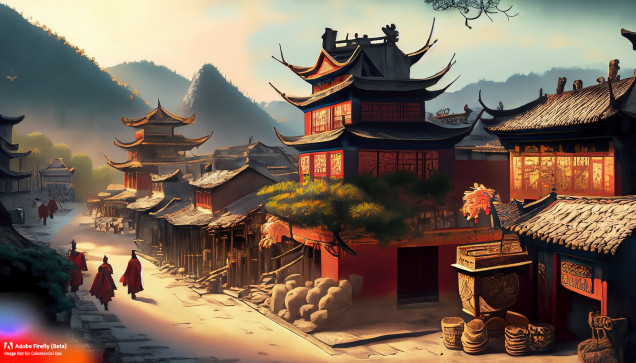
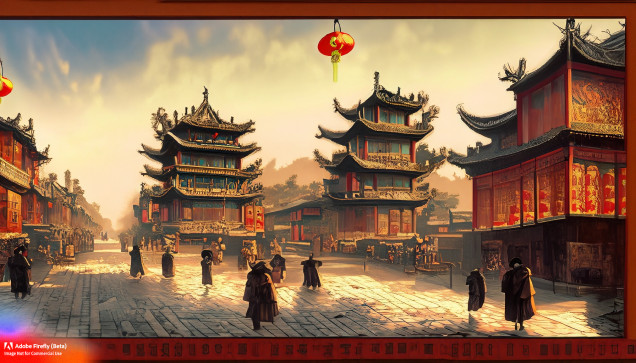
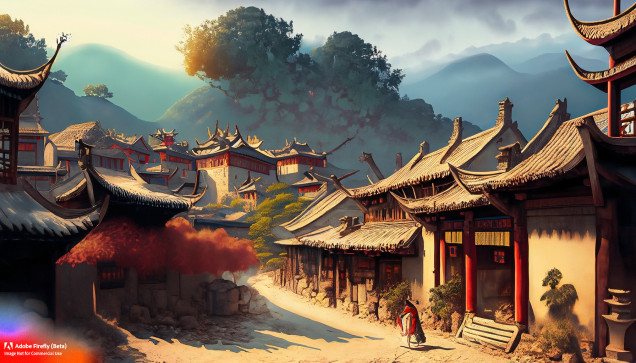































Leave a Reply